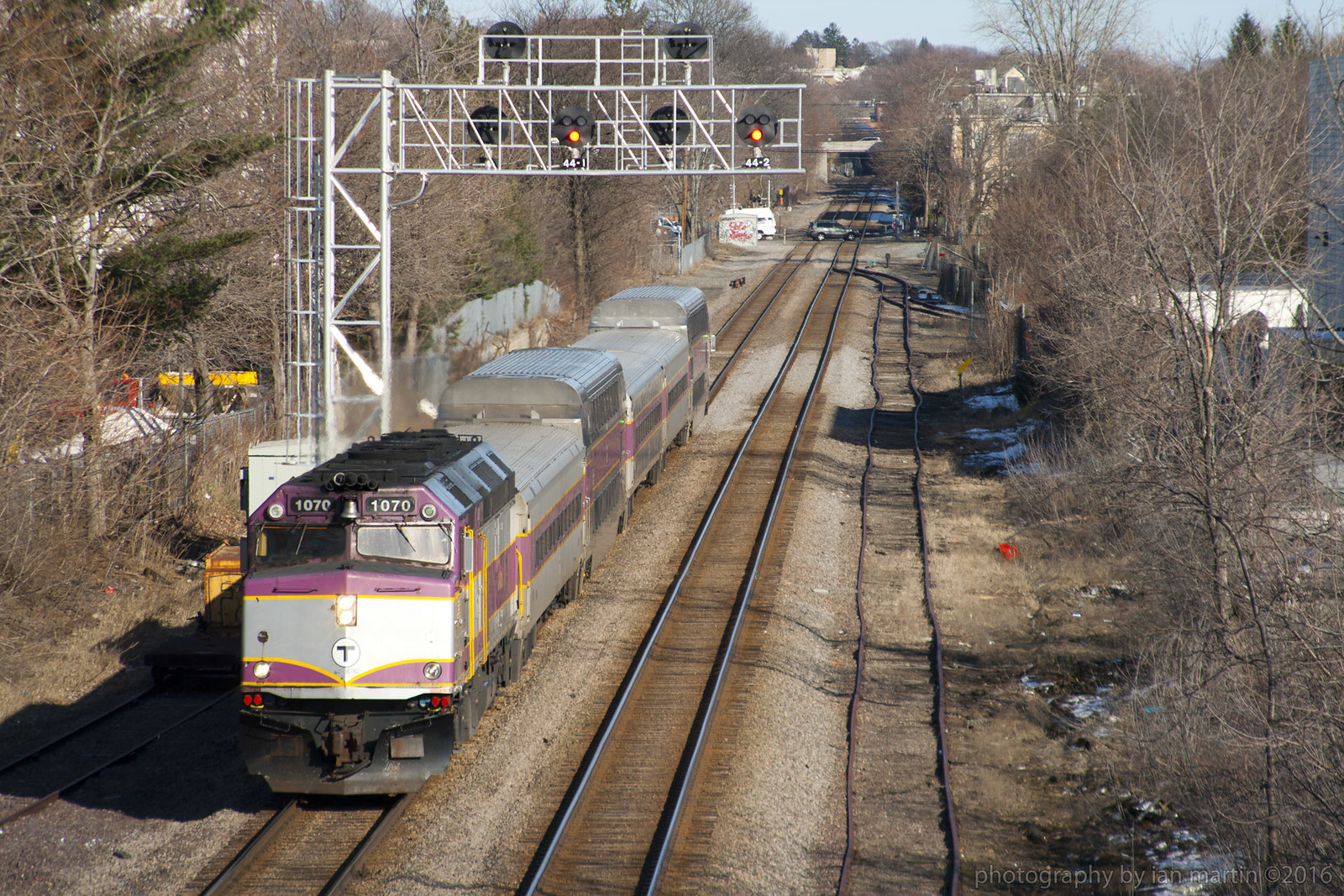Well it looks like the LIRR has decided to jump into the same pool as Metro-North and SEPTA by adopting a Go, No-Go signal system in conjunction with cab signals. However, instead of following the practice of either MNRR or SEPTA, the LIRR has decided to do things their own way.
 |
| No Restricting |
For a bit of context, the LIRR adopted a Rule 562 (no waysides except at interlockings) type system way back in the 1970's, a decade or more before MNRR went with it's no famous Go, No-Go signals. The LIRR simply used full signals at interlockings, seeing no need to differentiate wayside ABS territory from non-wayside ABS territory.
 |
| No Cab Speed |
In designing a reduced aspect system, the LIRR faces a few challenges that do not apply to either SEPTA or Metro North. First, the LIRR is not a NORAC member, but runs on NORAC territory between HAROLD and Penn Station, so new signals should try to avoid confusion with NORAC. Metro North does not run on foreign territory so it had more freedom in it's design. Second, the LIRR already deployed a new color light system so a new, new system should also not conflict with that. Thirdly, the LIRR employs a Manual Block system that must have some compatibility with the new indications.
 |
| No Absolute Block |
The result is a series of 6 signal indications, instead of the more typical 3 (Stop, Cab Speed, Absolute Block or Restricting). The LIRR not only uses both Restricting and Absolute Block, but also two additional ones Exclusive to the LIRR. These are Slow Cab Speed and Restricting Cab Speed. The difference is that the first relieves the engineer from having to stop within one half the range of vision etc. "Restricted Proceed" even explicitly handles the not uncommon situation where something in the interlocking creates the need for a call on, but beyond that everything is ok.
LIRR is also leaning heavily on the lunar white lams in order to differentiate all of the new signals from their current crop of color light signals. The only aspects not using lunar are Stop and Restricting, both of which already exist in classrooms.
 |
| Something for everyone |
The expectation is that these will be used on dwarf signals placed at rebuilt interlockings away from major terminals and other congestion zones. If these can spreads to the entire system remains to be seen, but both the HAROLD and JAMAICA terminal interlockings are getting new standard color lights. The first interlockings to get the new signals will be
those on the outer Ronkonkoma Branch where a double track project is under way.











